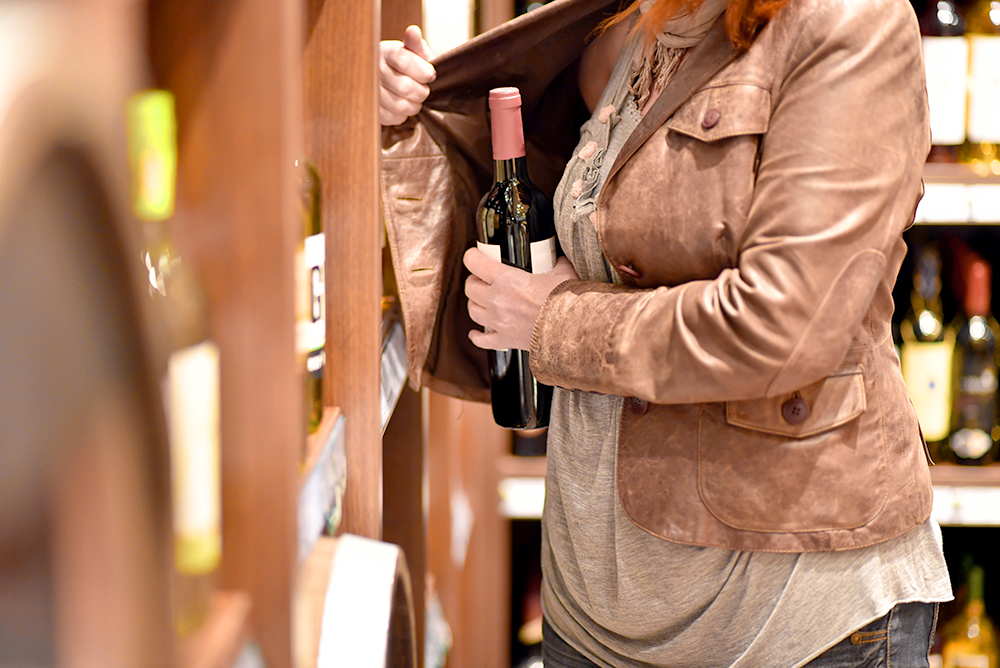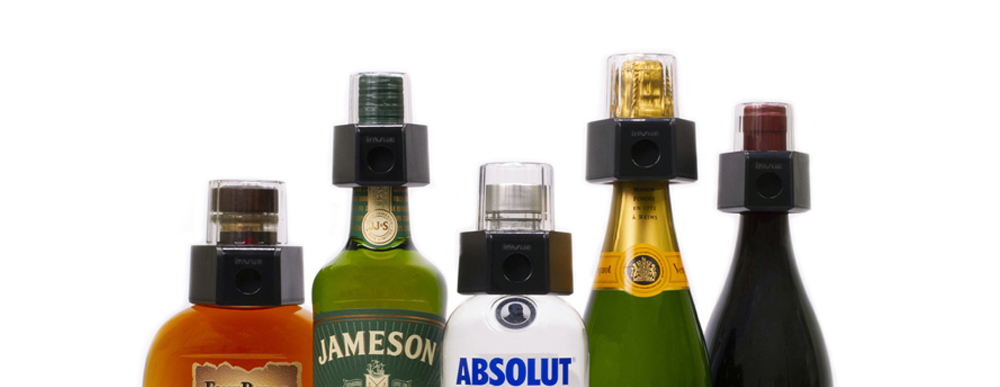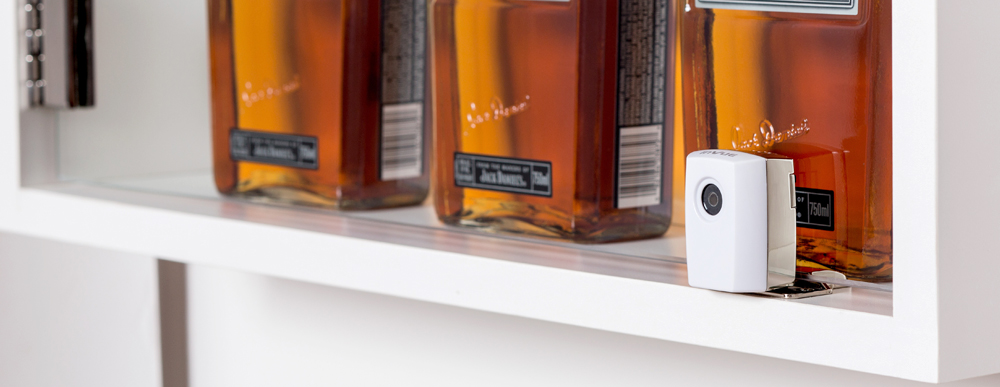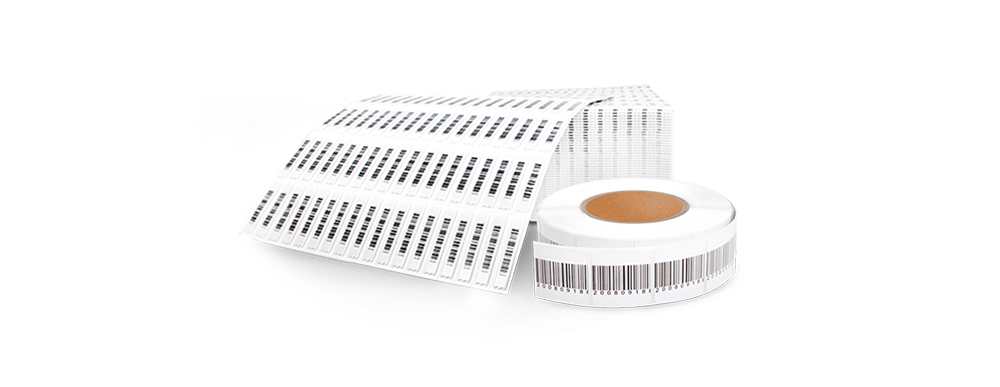Reducing liquor theft over the festive season

It’s common knowledge the festive season brings with it both an increase in foot traffic for the retail sector, and an increase in theft.
And some retailers and products are more likely to be targeted than others. In the grocery sector, for example, liquor retailers are among the most often targeted stores for shoplifting.
So, as the preparations begin for the festive season, here’s an insight into how liquor outlets can better protect their products against theft.
The perfect storm
For liquor retailers, the lead-up to Christmas delivers the perfect storm. Not only is alcohol in high demand for the festive season, but the stores are also often busier than usual and shoplifters are out in force.
Research indicates Australia’s demand for alcohol increases dramatically in the lead-up to Christmas and throughout December and January, with a survey of over 1000 people indicating alcohol consumption triples at this time of year.
In 2015, Australian charity FebFast found a quarter of people admitted to spending between $200 and $1000 on alcohol during December and January.
Then, of course, there are those who aren’t spending at all, but rather willingly take advantage of distracted staff to claim a five-finger discount on wine, beer and spirits.
In fact, throughout the year, wines and spirits consistently rank as the second most commonly targeted item in the food and beverage vertical.
That’s partly because of the high resale value of top-shelf liquors, but also due to personal consumption by thieves.
Meanwhile, summer is Australia’s peak shoplifting season. An estimated 30 per cent of all shoplifting in Australia occurs across the Christmas period with retailers raking in 30 per cent of their sales during this peak period but also 35 per cent of their losses.
So how can retailers better protect liquor while still ensuring legitimate shoppers can find and access the products they seek?
Liquor theft prevention
Shoplifters target liquor for a variety of reasons. In some cases, it’s simple opportune pilfering. This category of opportune thieves often includes teens who steal alcohol almost as a rite of passage and people who may already be under the influence and harness their decreased inhibitions to have a further drink ‘on the house’.
These types of thieves usually go after lower value items that are easy to access.
Other thieves are more strategic in their product selection, targeting high-value liquor that can be resold at a greater price. This sees liquor amongst the prime targets for organised retail crime.
But regardless of the reason or strategy behind it, alcohol theft costs retailers a significant sum, contributing to an estimated $3.37 billion in total shrink across all verticals each year, according to the Australia and New Zealand Retail Crime Survey 2019.
Liquor security tags

Designed specifically to protect wines and spirits, liquor security tags are amongst the latest innovations in Electronic Article Surveillance.
The caps are designed to fit over the bottle top, can only be removed at the Point of Sale and ensure an alarm sounds if a thief tries to steal wine or spirits.
They also prevent alcohol from being consumed in the store, are available to suit both RF and AM EAS systems and offer a universal fit to suit varying bottleneck shapes and sizes.
As an added benefit, the caps are available in bulk, are reusable and easy for store assistants to remove and attach. They also offer an affordable way to protect products while still allowing the consumer to access, touch, feel and examine them.
Locked cabinets

When it comes to top-shelf liquor many retailers opt to secure their products behind glass.
Glass cabinets allow the consumer to see the product but not touch it. It enables the staff to keep the items under their control but can cost time when it comes to access. Meanwhile, the locks need to be impervious to picking.
That’s where innovations like smart locks and smart keys come in. They allow retail staff to quickly access all relevant cabinets using a single programmed key.
These keys can also track which staff member has accessed what cabinet, allowing retailers to also mitigate employee theft.
Security labels

For high-volume, low-value liquor, beer and wine, security labels are a popular alternative. Labels come in a range of sizes, are available for both RF and AM EAS systems and can even have the barcode printed on them to save time at the Point of Sale.
CCTV
CCTV and video surveillance are excellent loss prevention strategies for monitoring an entire store and can be a tool that deters thieves from committing an act of theft.
However, CCTV often detects crime and identifies a criminal after the incidence has occurred, leaving the matter in the hands of police rather than avoiding a theft.
You can learn more about liquor bottle security tags here.